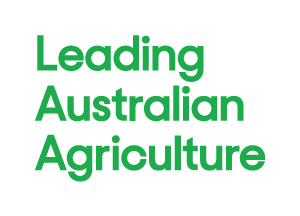RECENT Australian Competition and Consumer Commission (ACCC) analysis around grocery prices has highlighted that the connection between international food prices and overall domestic retail prices of grocery goods is limited.
The August Westpac-NFF Commodity Index recorded the rise in global agricultural prices in recent years, particularly within the grain, oilseeds and dairy sectors. The ACCC analysis notes that these commodity groups make up less than 20% of Australian food consumption.
This means that despite rising international prices, the prices received at the farm-gate are not driving higher overall retail prices.
Westpac Senior Agribusiness Economist Andrew Hanlan said, that while the ACCC noted that small, open economies, such as Australia, were more likely to be influenced by international price trends, this link was difficult to identify where Australian retail prices were concerned.
“Compounding the confusion over grocery price rises is a misconception about the significance of the farm-gate component,” Mr Hanlan said.
“Even in the case of fresh food, the farm-gate component is generally no more than 40%. In the case of more processed foods, the component can be as small as just 5%.
“The analysis found that relatively strong global food prices are likely to be sustained… at least in the near term.”
NFF Vice-President Charles Burke welcomed the analysis in so far as it could help to quash many of the myths about how retail prices, particularly for food, are derived.
“It reinforces that rarely, if ever, can consumers and commentators look to the farm sector as the reason behind higher Australian retail prices, despite rising international prices,” Mr Burke said.
As for the latest on world commodity prices, the Westpac-NFF Commodity Index showed some moderation in July, with a 1.5% fall. The index is now 7% above last year’s levels.
Commodities experiencing decreases were Wheat (-4.5%), Dairy (-3.9%), Canola (-2.6%), Wool (-2.2%) and Cotton (-1.9%). This more than offsets rises in Sugar (16.4%), Beef (4.2%) and Barley (2.2%).
[ENDS]
The Westpac-NFF Commodity Index is weighted according to the value of Australian agricultural exports and includes only rural commodities – unlike other price indices that are overshadowed by oil, mineral and energy prices. It provides daily movements based on prices of Australia’s eight key farm exports – Barley, Beef, Canola, Cotton, Dairy, Sugar, Wheat and Wool – in both $US and $A.





Add comment